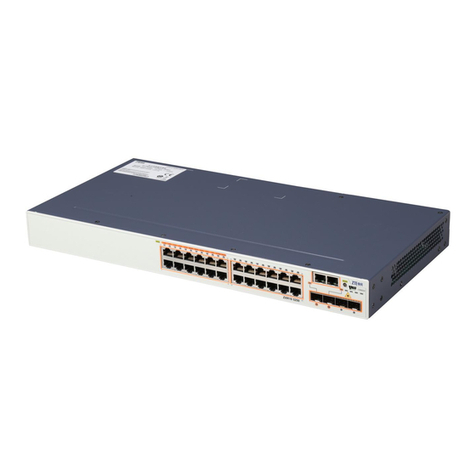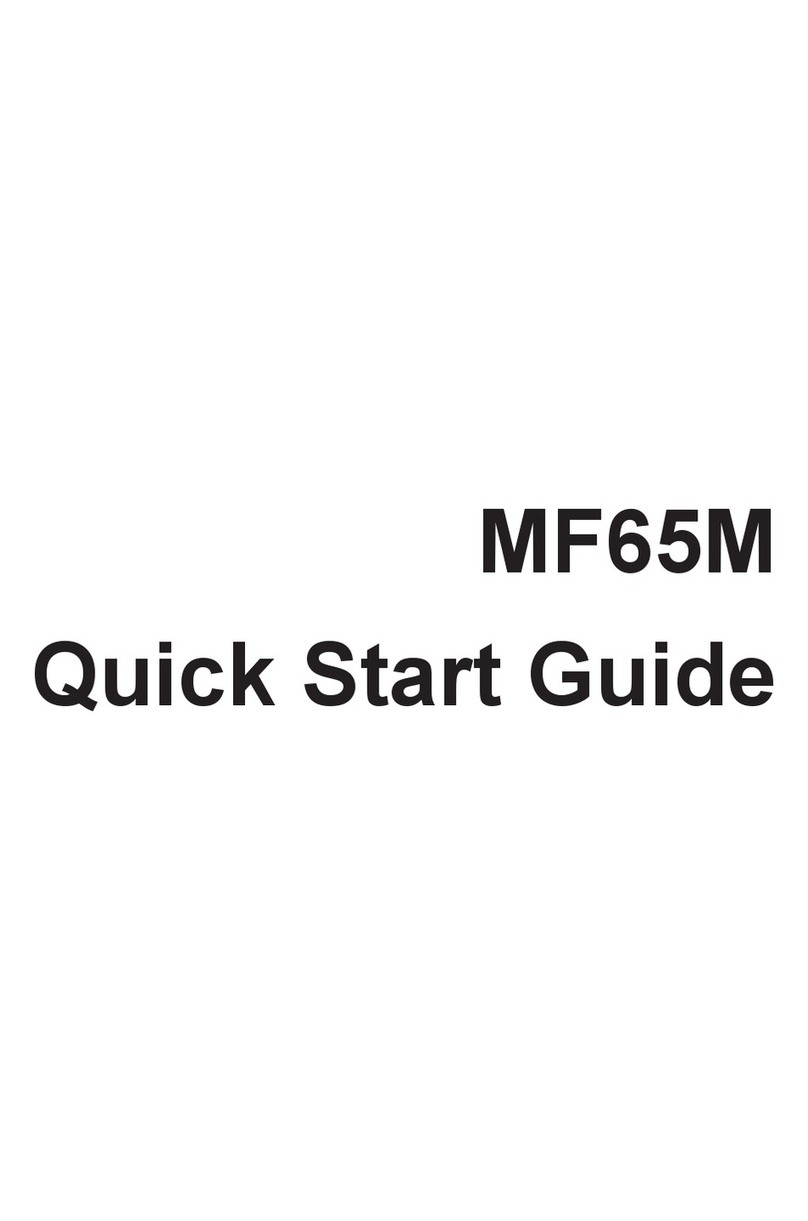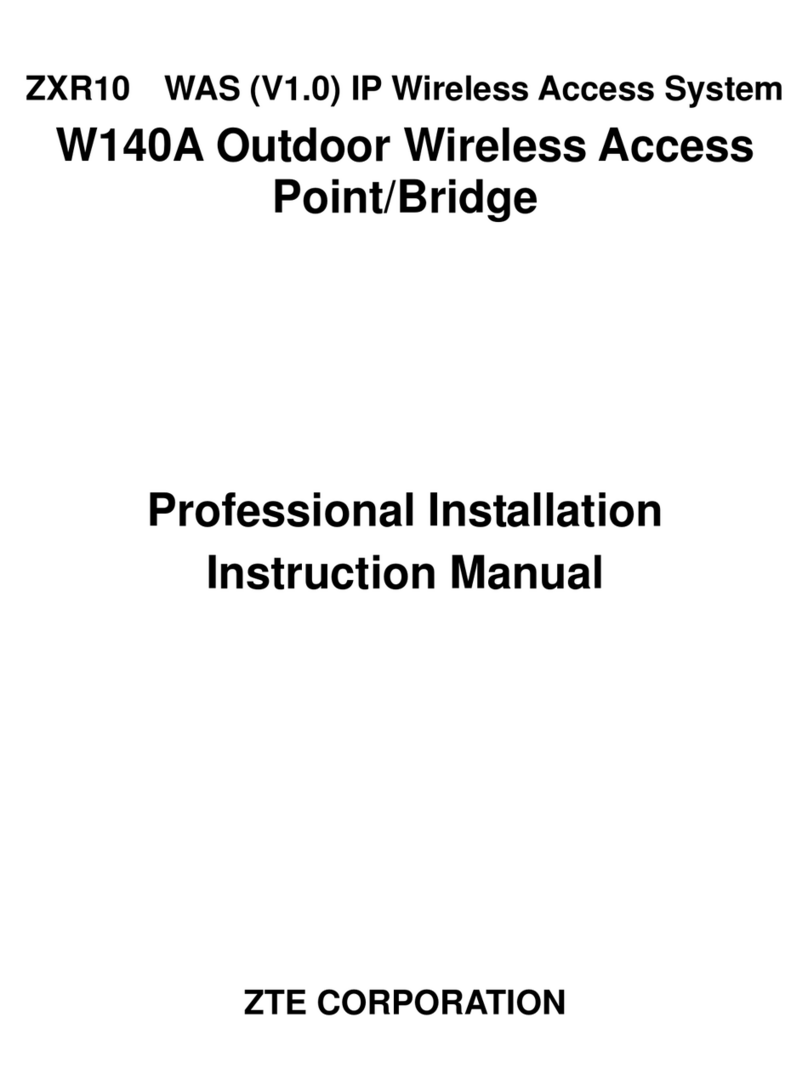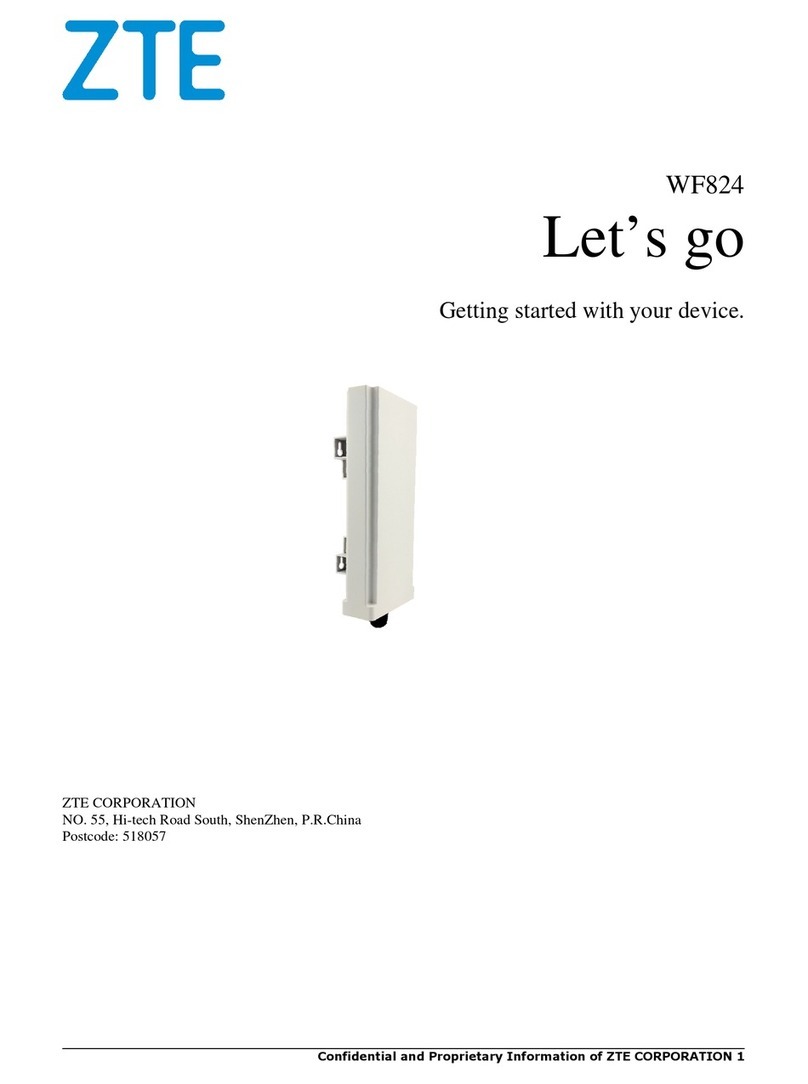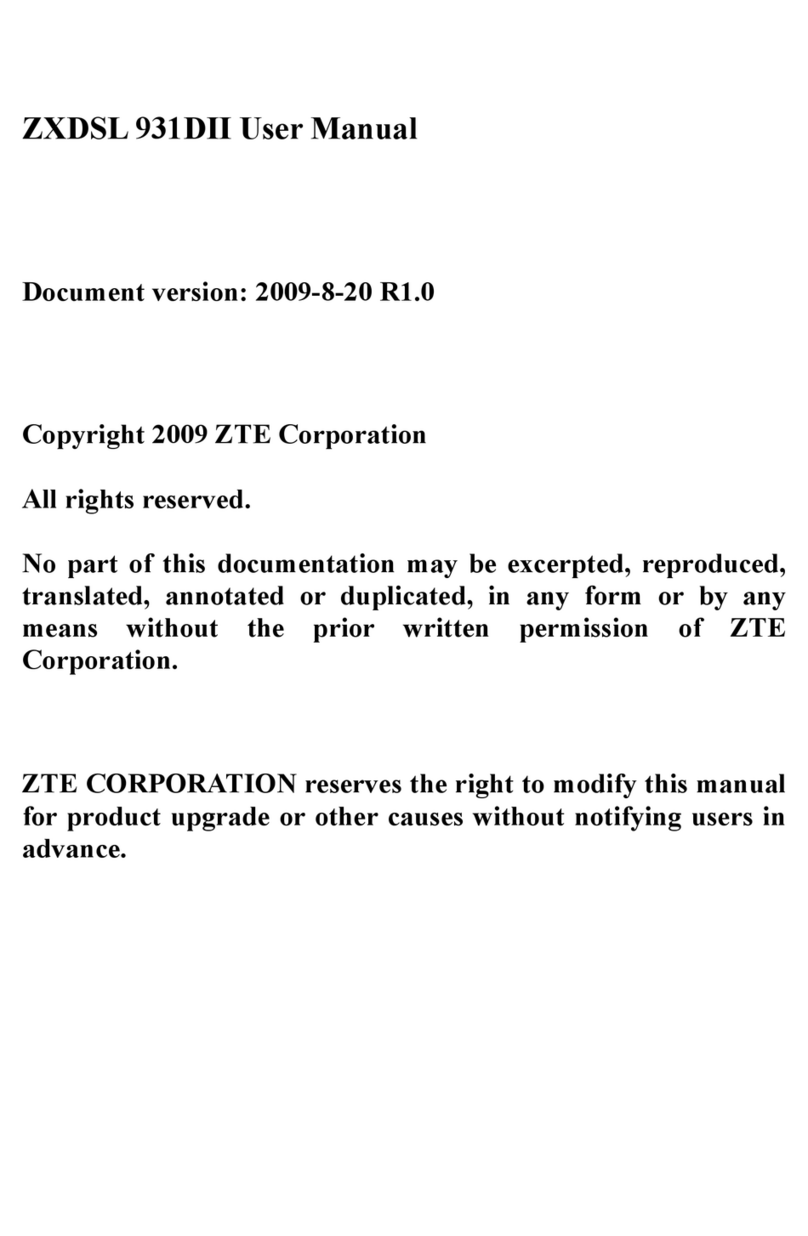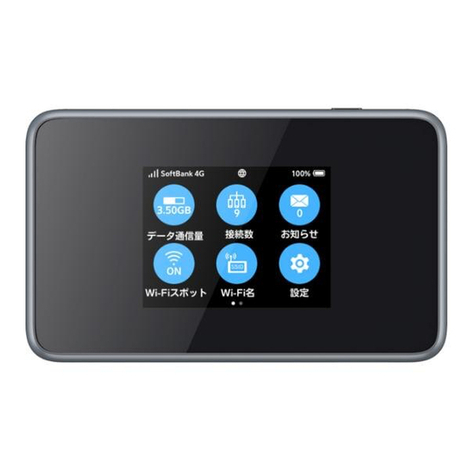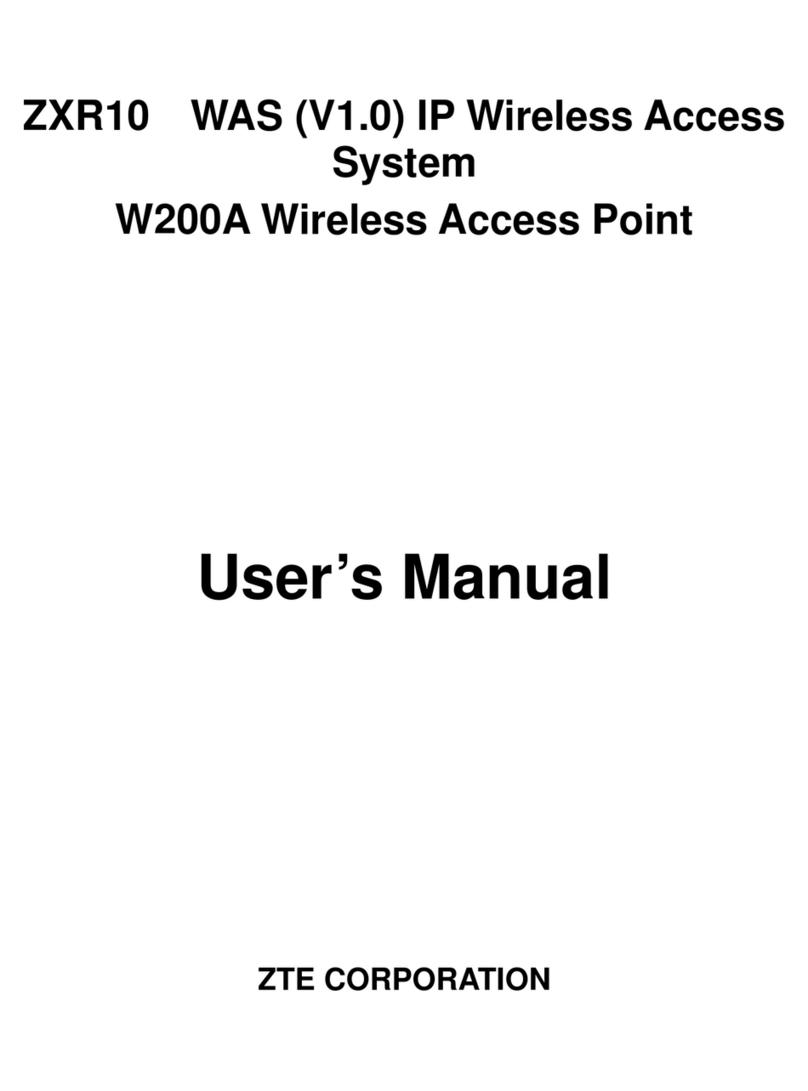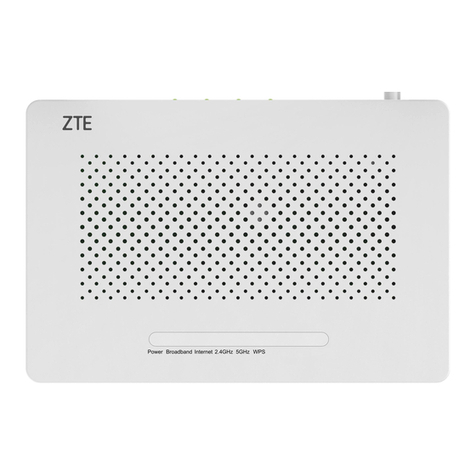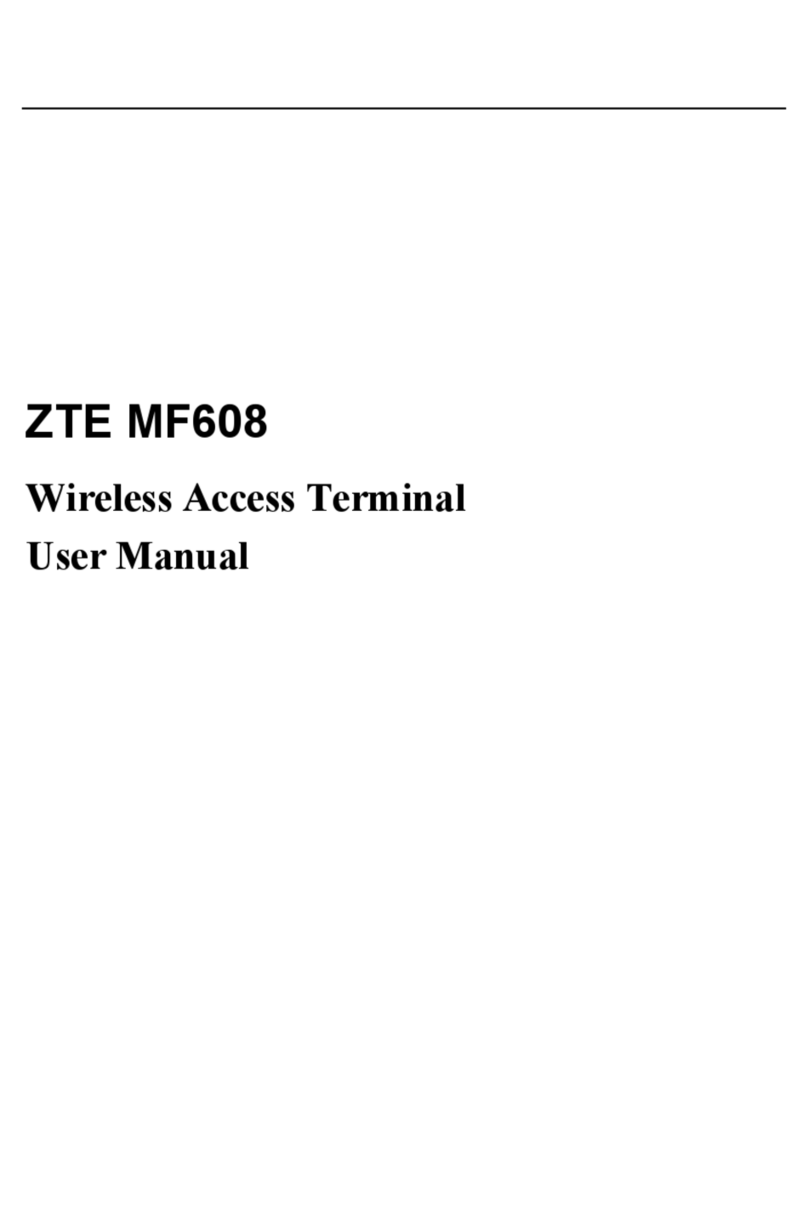3.3.6 Exiting the Privileged Mode.......................................................................................3-6
3.3.7 Exiting the Telnet Configuration .................................................................................3-6
3.4 Configure Mode................................................................................................................3-6
3.4.1 Bridge Configuration.................................................................................................3-7
3.4.2 Clearing the Information............................................................................................3-7
3.4.3 Configuring the Configuration Server ..........................................................................3-8
3.4.4 DHCP Server Configuration .......................................................................................3-8
3.4.5 DISCOVER Configuration....................................................................................... 3-10
3.4.6 802.1X Parameter Configuration................................................................................3-11
3.4.7 Password Configuration in the Privileged Mode.......................................................... 3-14
3.4.8 Erasing the Filtration Rules ...................................................................................... 3-14
3.4.9 Exiting the Configure Mode ..................................................................................... 3-14
3.4.10 IAPP Load Balance Configuration ........................................................................... 3-15
3.4.11 Entering the Interface Configuration Mode ............................................................... 3-16
3.4.12 IP Network Parameter Configuration ....................................................................... 3-17
3.4.13 Kicking Users....................................................................................................... 3-18
3.4.14 Two-Layer Separation Configuration ....................................................................... 3-18
3.4.15 Log Printing Message Configuration........................................................................ 3-19
3.4.16 MAC Filtration Configuration................................................................................. 3-20
3.4.17 MAC Address Authentication Configuration ............................................................. 3-21
3.4.18 Manager Configuration .......................................................................................... 3-21
3.4.19 QoS Configuration ................................................................................................ 3-22
3.4.20 RADIUS Server Configuration................................................................................ 3-22
3.4.21 SNMP Module Configuration.................................................................................. 3-24
3.4.22 SSH Parameter Configuration ................................................................................. 3-28
3.4.23 Spanning Tree Parameter Configuration ................................................................... 3-29






